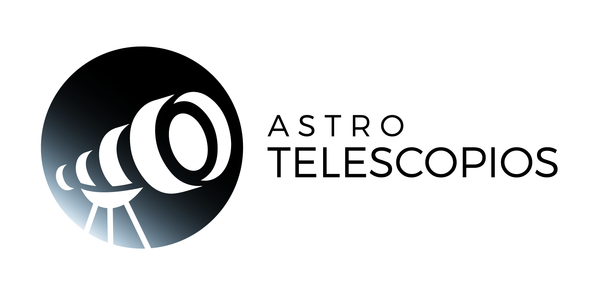
Mounting DSLR and DSLM Cameras on Telescopes: A Practical Guide
Astronomical photography has become an accessible passion for many enthusiasts thanks to the combination of DSLR and DSLM cameras with powerful telescopes. This marriage of modern photographic technology and optics offers a window to distant worlds and cosmic phenomena. But how is this assembly done? What accessories are needed? Join us as we explore the process of mounting DSLR and DSLM cameras on telescopes.
1. Preparation:
Before venturing into astronomical photography, it is essential to be clear about the basic components of the equipment. For this purpose, you will need a digital reflex camera (DSLR) or a mirrorless camera (DSLM) and a suitable telescope. While the type of telescope may vary, it is essential to have a T2 adapter ring compatible with your camera.
2. Installation of the T2 Ring:
The first step is to remove the lens from the camera and attach the T2 adapter ring to the camera bayonet. This ring is essential as it provides the necessary connection between the camera and the telescope. Each camera model may require a specific T2 ring, but in essence, they all work similarly.

3. Connection to the Telescope:
Once the adapter ring is secured on the camera, the next step is to connect it to the telescope. Depending on the type of telescope and the celestial object you want to photograph, there are different mounting options. If you use a telescope with a 1.25" connector, you can opt for 1.25" projection adapters. On the other hand, if your telescope has a 2" connector, you should use 2" projection adapters with a T2 connector.

4. Planetary Photography:
To capture images of planets, DSLR and DSLM cameras can use eyepiece projectors. These special adapters resemble an elongated socket and allow an eyepiece to be inserted. The magnified image from the eyepiece is projected directly onto the camera sensor, offering results superior to those obtained with compact cameras.

5. Final Considerations:
It is important to consider the load capacity and stability of the telescope focuser when mounting the camera and its accessories. Additionally, for more basic telescopes, such as Newtonian reflectors, it may be necessary to use a Barlow lens with a T2 thread to achieve the proper focal point.
In short, mounting DSLR and DSLM cameras on telescopes opens up a world of possibilities for astrophotography enthusiasts. With the right accessories and a little practice, you can capture stunning images of the mysteries of the cosmos. Get ready to explore the universe from the comfort of your own garden!
6. Recommended products
The first thing you have to have is a DSLR (reflex) or DSLM camera and a telescope. Important: make sure that the mount is stable and the focuser can support the weight of the camera, if you have questions , contact us .
6.1. T2 ring depending on the brand of your camera:

- Ring T2 camera adapter compatible with Canon EOS
- T2 Ring for Minolta AF and Sony A-Mount
- T2 ring for Nikon
6.2. Camera to telescope adapter

Our recommendation is to buy an adapter for focal and projection photographs, because this way you could take focal photographs, to do this you have to disassemble the front piece and combine it with a T-2 ring specific for your camera. If you want to take astrophotos of the Moon or planets, use an eyepiece on the projector.
Lastly, don't forget to visit our collection of eyepieces .
If you have questions about how to attach your camera to the telescope, contact us. We advise you for free.
